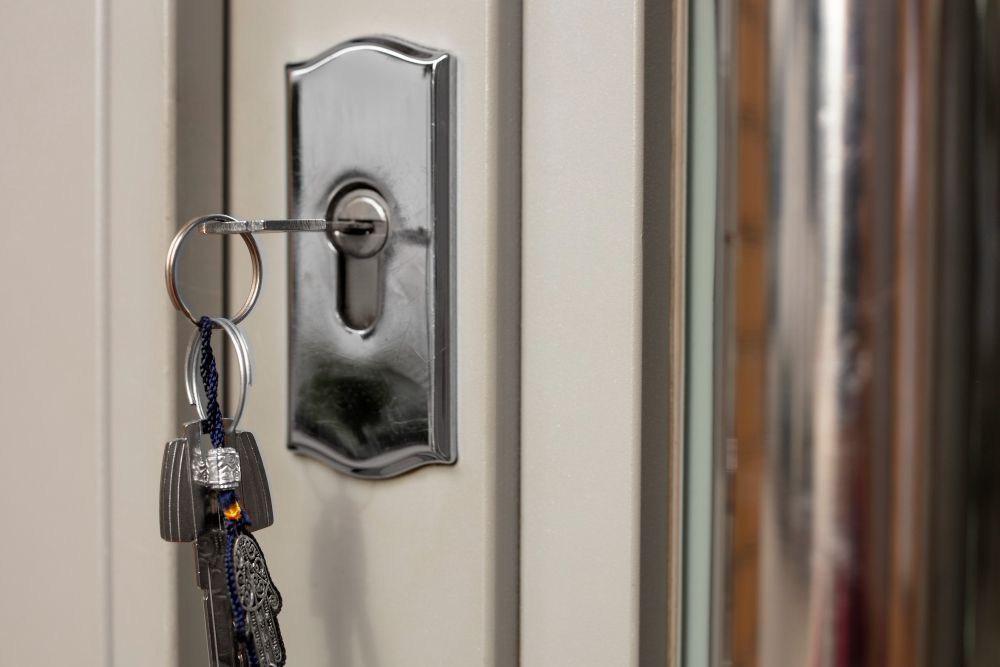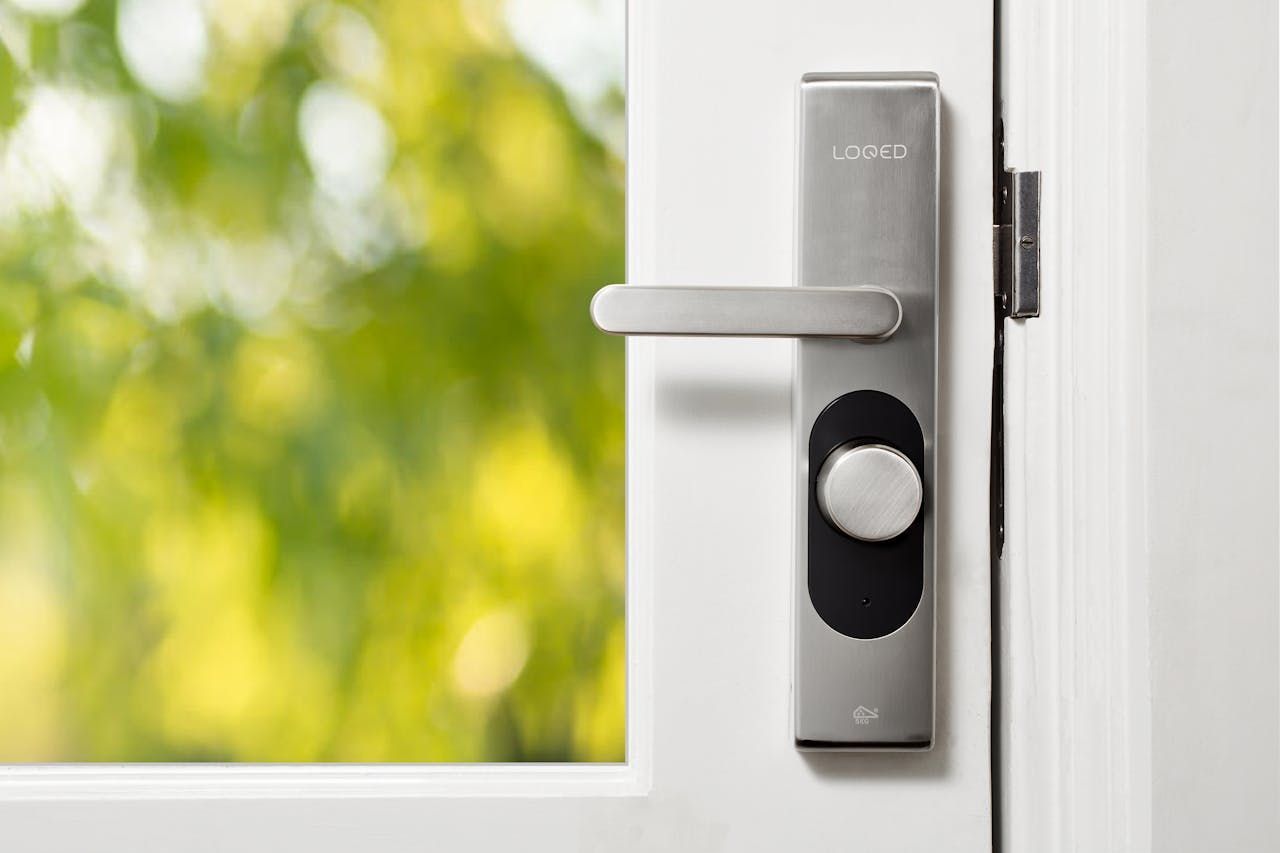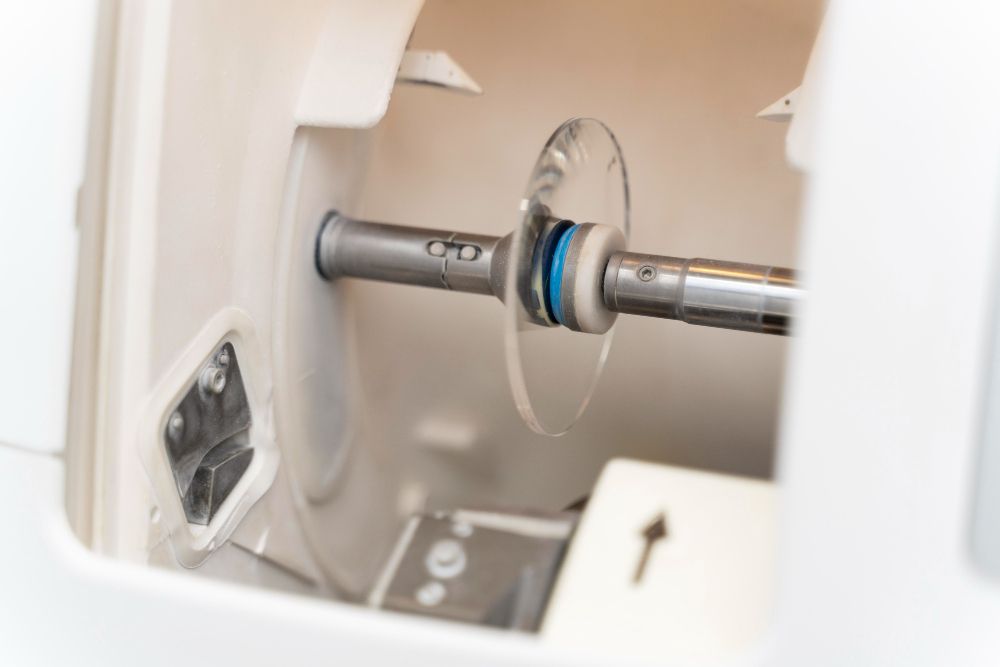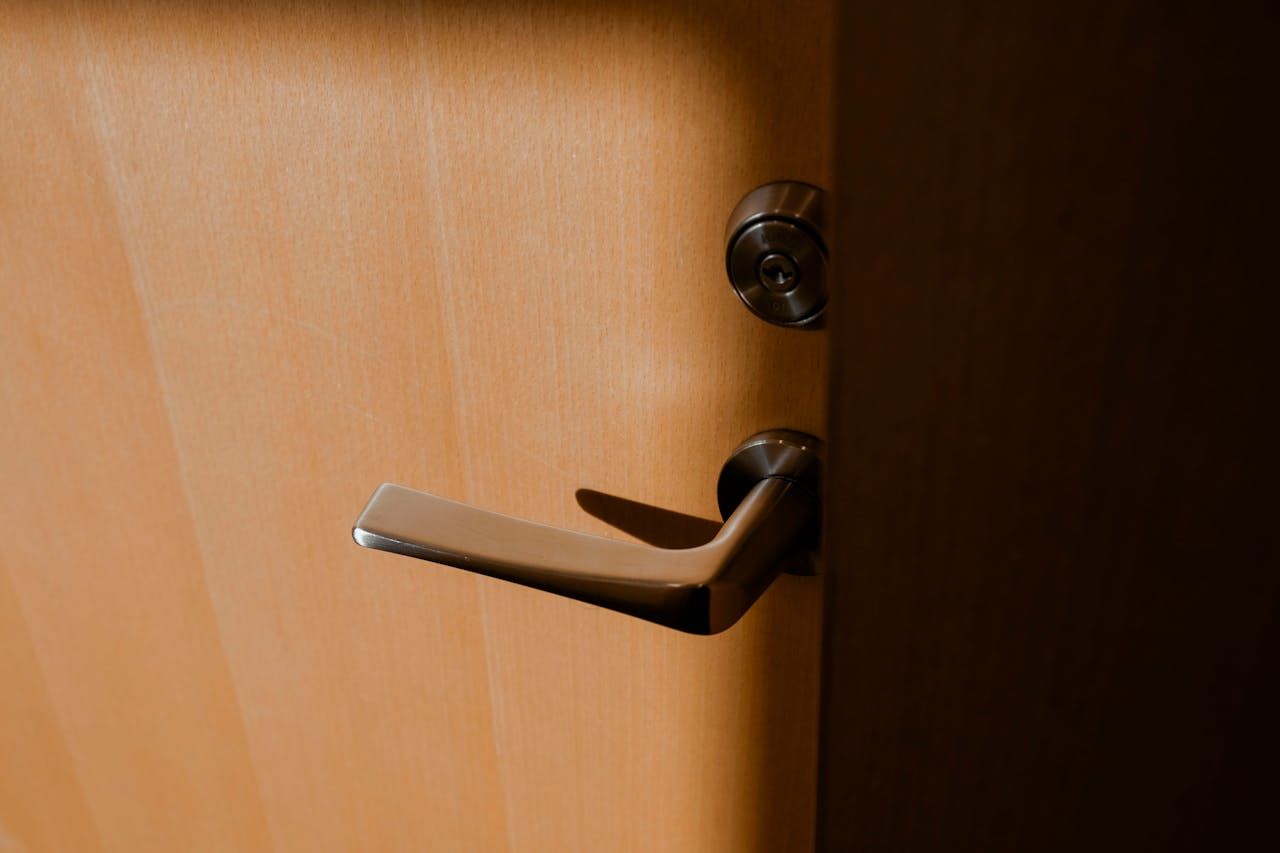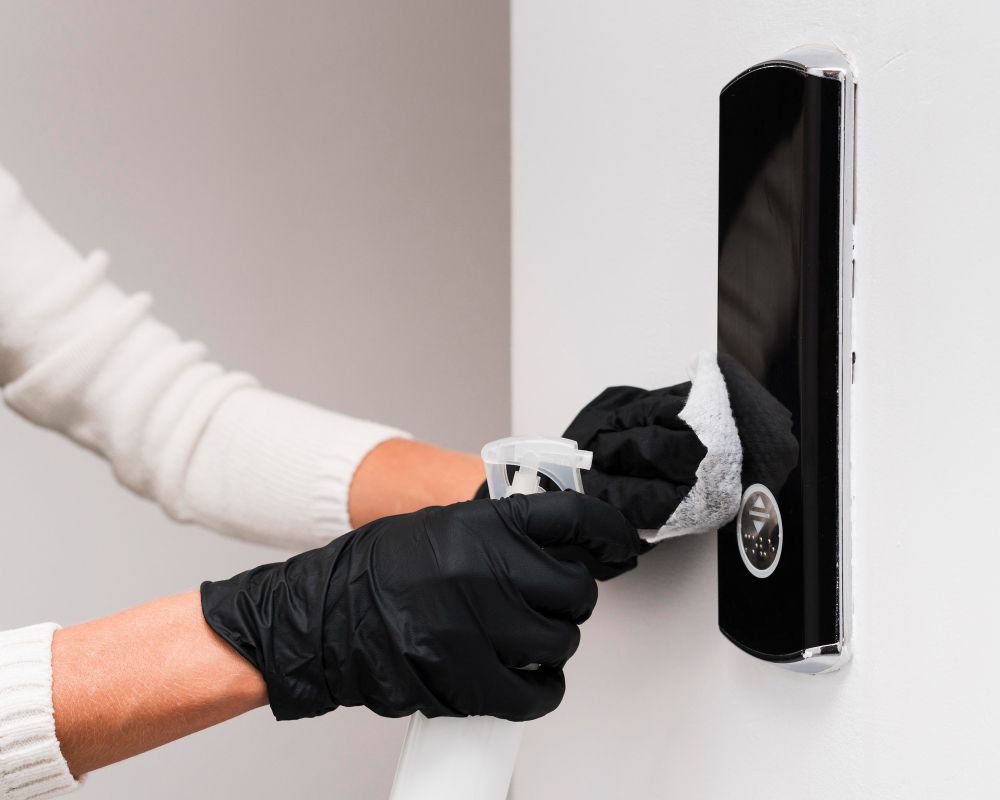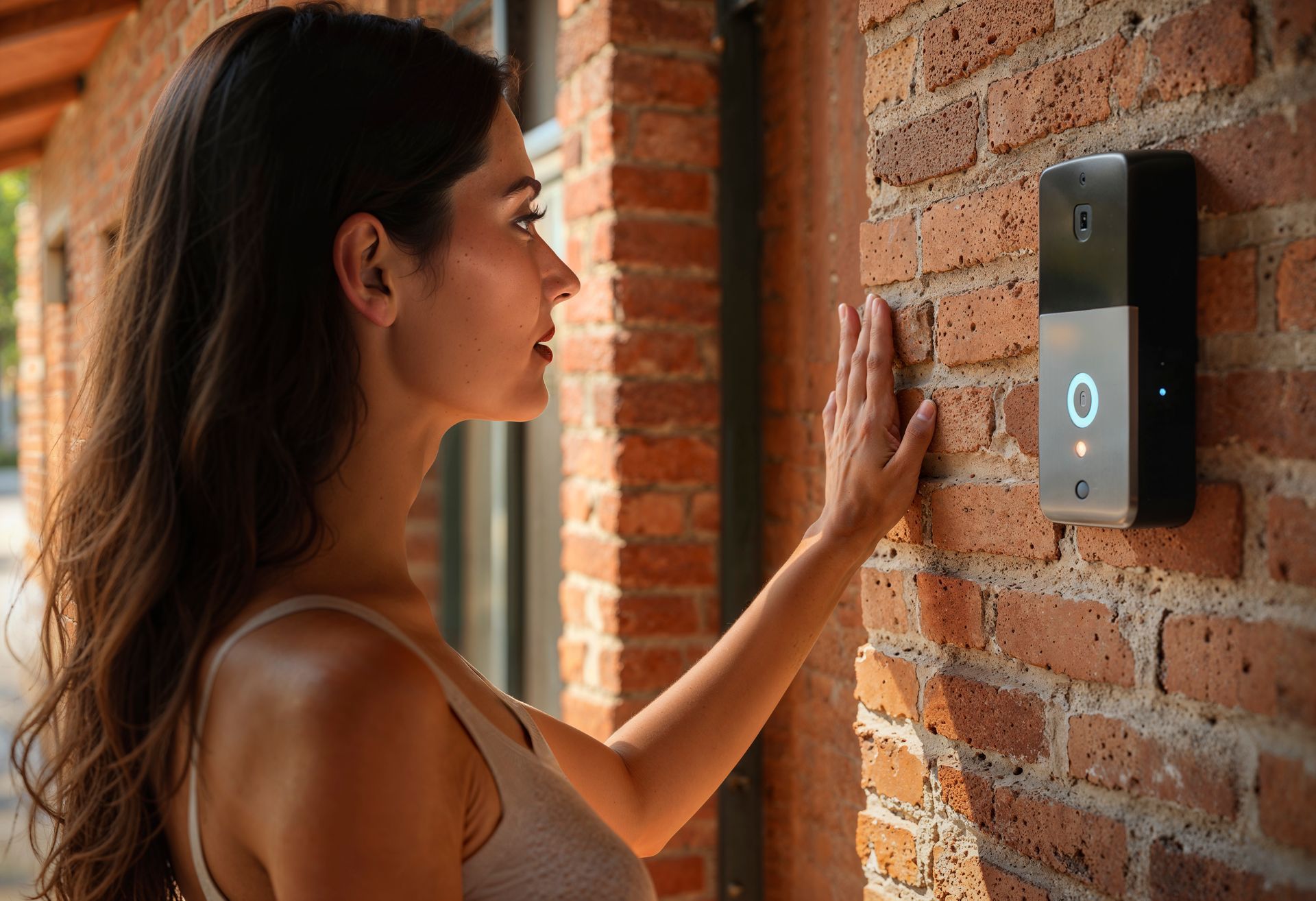Why Your Car Won’t Start: Common Ignition Switch Problems Explained
February 23, 2024
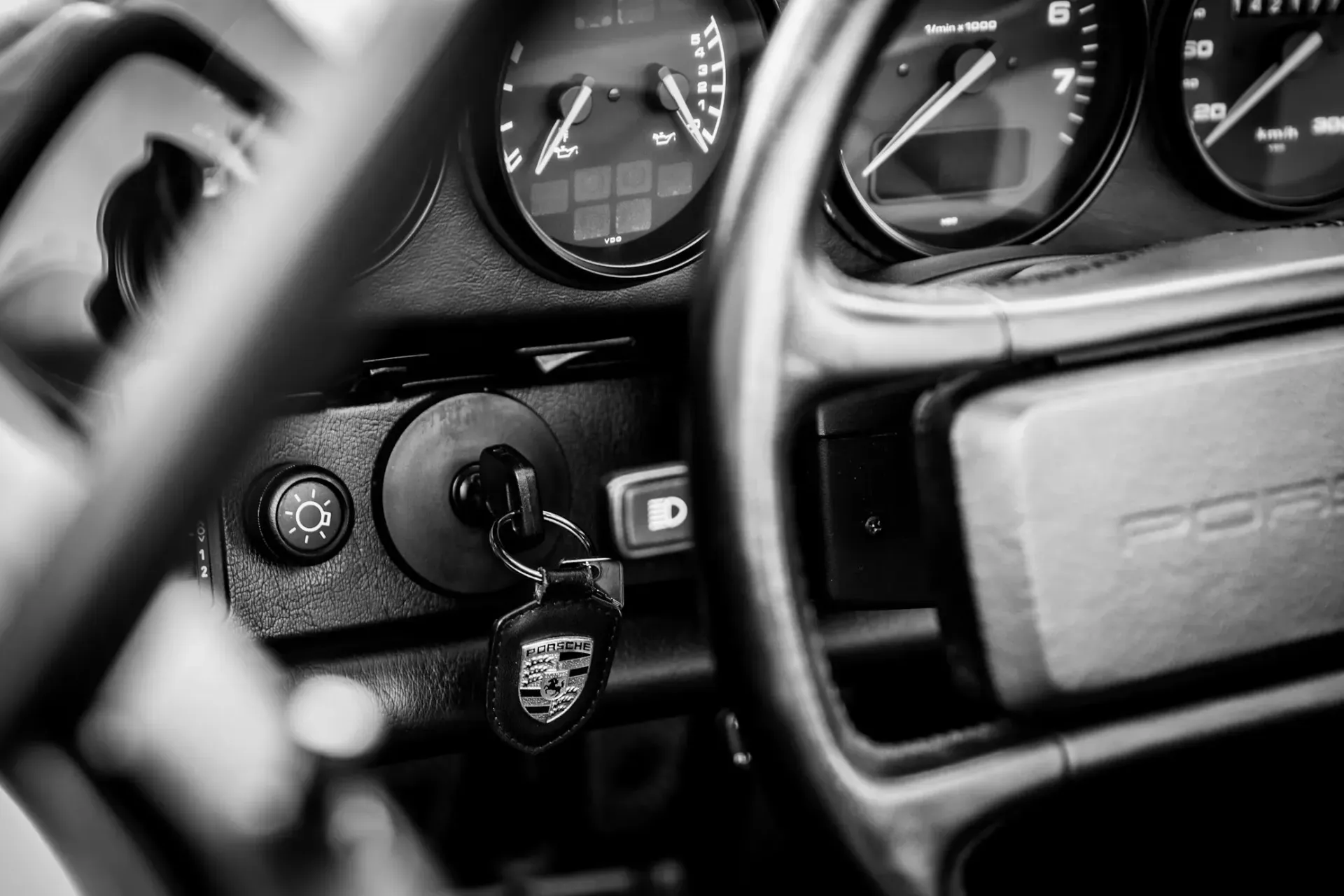
Introduction
You get in your car, turn the key, and nothing happens. The dashboard might flicker, the engine stays silent, and frustration sets in. While there are several reasons your car may not start, a faulty ignition switch is one of the most common causes.
The ignition switch plays a crucial role in starting your car and keeping it running. When it starts to fail, it can affect your entire electrical system, leaving you stranded when you least expect it. In this article, we’ll explain what the ignition switch does, the most common problems that cause it to fail, and when to call a locksmith for help.
What the Ignition Switch Does
The ignition switch is more than just the part you insert your key into. It connects your car’s electrical system to vital components like the starter motor, ignition system, and accessories. When you turn the key—or press the start button—it sends an electrical signal that powers the engine and activates other systems.
Over time, this switch can wear out or develop faults, preventing your vehicle from starting or causing unpredictable behaviour like stalling or flickering lights.
Common Causes of Ignition Switch Problems
Before your ignition switch stops working altogether, it often shows signs of wear or damage. Understanding what causes these issues can help prevent a breakdown.
1. Normal wear and tear
Every time you start your car, the ignition switch’s internal components experience friction. Over time, this natural wear can lead to electrical connection failures or make the key difficult to turn.
2. Heavy keychains
Carrying too many keys or keychains can add weight and stress to your ignition cylinder. This pressure can loosen the switch mechanism and accelerate wear, especially if you drive regularly.
3. Dust, dirt, or corrosion
Dirt and moisture can enter the ignition area and cause corrosion on internal components. This leads to sticking, electrical resistance, or complete failure of the switch.
4. Electrical faults
Loose wiring, poor connections, or damaged fuses can interrupt the circuit that powers the ignition switch. This can cause flickering dashboard lights or the engine refusing to start.
Warning Signs of Ignition Switch Failure
Intro to this list: If your car’s ignition switch is failing, it will often give you hints before it stops working entirely.
The engine won’t start
You may hear a clicking sound, or nothing at all, when you turn the key. This is a classic sign that the ignition switch isn’t sending power to the starter motor.
The key is hard to turn
If the key sticks or doesn’t turn smoothly, internal components may be worn down or misaligned.
The car stalls while driving
A failing ignition switch can cut off power to the engine mid-drive, causing your car to stall unexpectedly.
Flickering dashboard lights
When the ignition switch fails to maintain a stable electrical connection, you might notice your dashboard lights dimming or flickering.
How a Locksmith Can Help
Automotive locksmiths handle more than just lockouts—they also diagnose and repair ignition switch issues. Here’s how they can help if your ignition stops working properly.
1. Diagnosing the issue
A locksmith can inspect the ignition switch to determine whether the problem lies in the key, the cylinder, or the electrical components. This saves you time and unnecessary costs.
2. Repairing or replacing the ignition switch
If the switch is damaged or beyond repair, a locksmith can replace it on-site. They’ll ensure the new ignition is compatible with your car’s existing keys and immobiliser system.
3. Cutting and programming new keys
Sometimes, ignition issues are caused by worn or damaged keys rather than the switch itself. Locksmiths can cut and program replacement keys—including transponder and smart keys—to restore smooth operation.
4. Providing emergency assistance
If your ignition switch fails when you’re out and about, an automotive locksmith can come to you. Many offer mobile services to repair or replace ignition systems on the spot.
Tips to Prevent Ignition Switch Problems
Ignition switch issues are often avoidable with a few simple habits.
- Keep your keychain light to reduce strain on the ignition.
- Avoid forcing the key if it feels stuck.
- Clean the ignition area occasionally to prevent dust buildup.
- Don’t ignore warning signs like flickering lights or difficulty turning the key.
- Have your ignition checked by a locksmith during regular vehicle maintenance.
Frequently Asked Questions
Can I still drive with a bad ignition switch?
It’s risky. A failing ignition switch can cause your engine to stall suddenly, which can be dangerous.
Can a locksmith replace an ignition switch?
Yes. A qualified automotive locksmith can repair or replace ignition switches for most car makes and models.
How much does it cost to replace an ignition switch?
Costs vary depending on the vehicle type and complexity of the repair. Locksmiths usually offer more affordable and faster service than dealerships.
Do I need new keys if I replace my ignition switch?
Not always. A locksmith can rekey the new switch so your existing key still works with your car.
Why won’t my key turn in the ignition?
This could be due to a worn key, a damaged cylinder, or a failing switch. A locksmith can determine the exact cause and fix it.
Conclusion
A faulty ignition switch can leave you stranded at the worst possible time. Recognising the warning signs early—like hard-to-turn keys or stalling—can help you act before the problem gets worse.
A professional locksmith can inspect, repair, or replace the ignition switch quickly and safely, saving you from costly dealership repairs. With regular maintenance and mindful driving habits, you can keep your ignition system in good working order for years to come.
